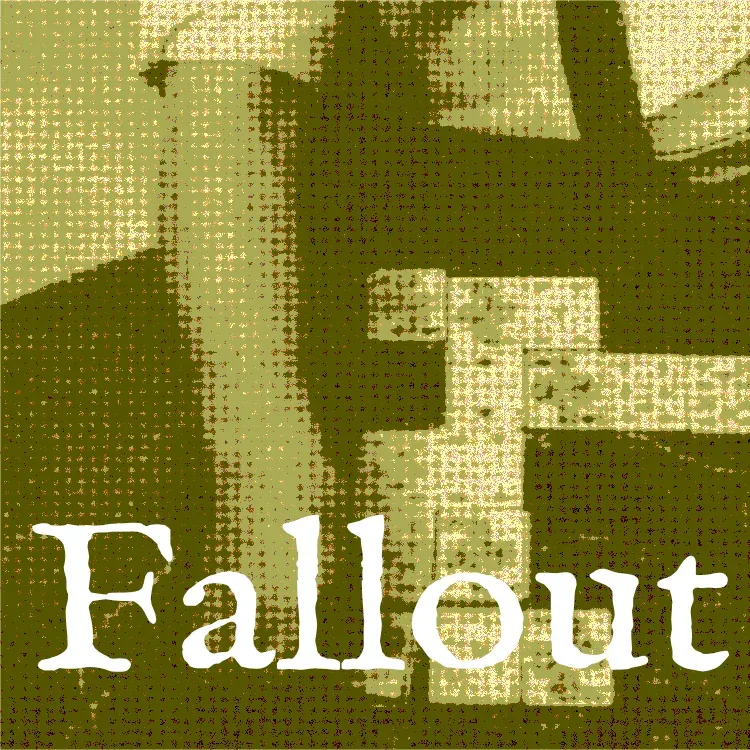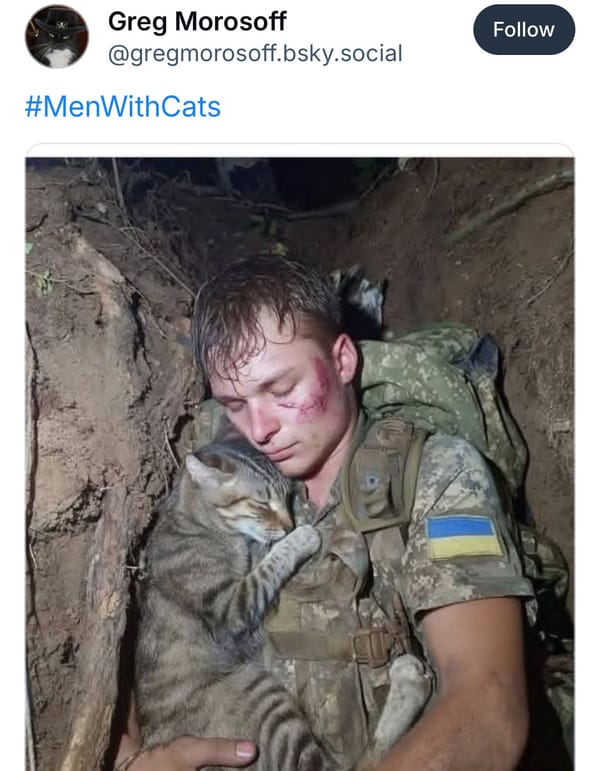Scale Modelling
Where history meets art
The art of model making is as ancient as the history of modern humanity, with figurines such as the 30,000-year-old Venus of Willendorf , or objects depicting everyday life like ancient Egyptian fishing boats. Humanities’ urge to scale down, or create full-scale replicas of articles of times past is well documented. In terms of historical studies the physical productions of scale models, kit or scratch-built, is a field that is rarely considered beyond the level of remark.


In more recent times the production of scale models remained the domain of architects, both land and maritime, to help show end users what their purchase will look like once ordered. This changed with the advent of the Age of Enlightenment/Industrial Revolution where engines of nature an industry were scaled down to allow for greater understanding. The most complex of there was the Orrery’s, which used a clock-type mechanism to show the path of the plants in our Solar System. It is thought that the Antikythera mechanism, discovered in 1901 was the first such device, but it wasn’t until the Age of Enlightenment, which ran from the 17th to the early 18th Centuries, that they grew in prominence. The artist Joseph Wright of Derby depicted an Orrery in use in his 1766 oil A Philosopher giving that Lecture on the Orrery in which a lamp is put in place of the Sun.
Thanks for reading Fallout! Subscribe for free to receive new posts and support my work.


It was with the advent of steam locomotion that the realm of scale really took off. This much-maligned genre of modelling joined the world of scale seacraft as a subject which could not only be built in replica but also used as either an object of scientific study or for recreation. For the sake of this article I’ll be focusing on the recreation aspect of model making, for it is here we find scale modelling is a gateway much overlooked. Scale modelling is not merely about making a simple paper aeroplane or fine-scale automobile. It’s about appreciating the beauty of form and design, gaining pleasure and understanding from the simple act of turning a sheet of paper into something that transports us to the clouds. It helps us appreciate and understand the challenges that faced those who built, operated and lived in the structures we make. It leads us to a desire to learn more about the age in which the articles that sit on our shelves or dioramas were used. They invite us, especially railway and military modelling, to look at the social changes which drove their development, and the failings and successes of a particular society.


Models also mark the development of a theme, idea, article and technology, especially aero-modelling. It allows us to be part of that world, be it military, fantasy, space flight or sailing on calm waters under a blue sky. They transport us to another realm. They allow us to build our interpretation of the world they represent, as we understand it, in real-time. Dioramas by the likes of Francois Verlinden in the 1970s and 80s took scale modelling to new heights of realism. Plastic was embellished with scratch-built, metallic or resin parts, these additions were often the result of research that would shame many a student of history. These additions allowed for the growth of a level of realism that continues today. They provided a more accurate historical insight into how articles worked or were used and by extension, a better insight into historical context.


This is the point where Fallout meets the art of scale modelling. As a triumvirate, we have an innate love of history. For us it’s the pull of the research, sharpening our skills, developing and expanding our interests and knowledge as well as providing that essential dopamine hit when we stumble upon proverbial gold. Scale modelling is another level of our work and, for me particularly; helps shape my Craft Series books for Pen & Sword Books, and will be the subject of later posts.
Pen & Sword modelling titles by Ben Skipper
This year the three of us will be making scale models as part of our journey into both military history and to highlight the importance of giving ourselves a break. 2023 will scale model videos, photo essays and Lego/Kobi builds overlaid with wit, wisdom and the occasional frustration. We hope you can join us and see that there’s more to modelling than meets the eye.



Thanks for reading Fallout! Subscribe for free to receive new posts and support my work.




